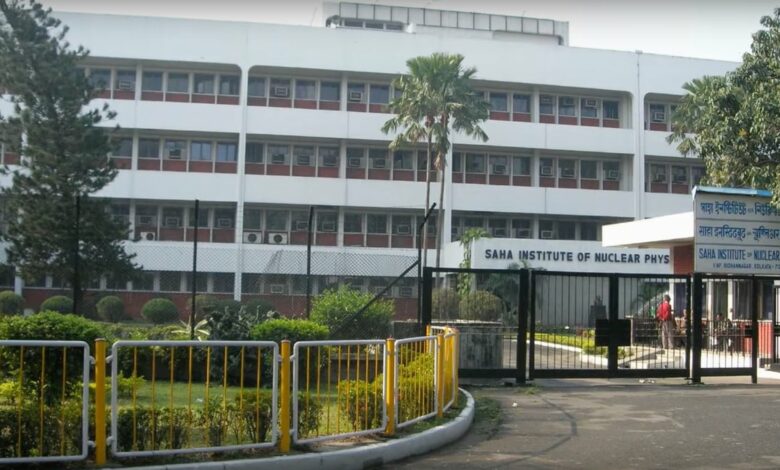Indian scientists develop bacteria to perform mathematical operations

Genetic engineering efforts at the Saha Institute of Nuclear Physics (SINP) in Calcutta recently produced a strain of bacteria that can perform mathematical operations. This breakthrough shows that bacterial cells, when modified, can add, subtract and even identify prime numbers between 0 and 9. The work of Indian researchers suggests a possible basis for creating biocomputers – devices that use living cells for calculations. This research could advance the integration of biological systems within computational science.
The evolution and emerging capabilities of biocomputing
The study was published in the journal Nature Chemical Biology. The use of living cells for computing has seen twenty years of incremental progress. Initially, synthetic biology allowed scientists to develop cellular logic gates for fundamental operations such as ‘AND’, ‘OR’ and ‘NOT’, mimicking the functions of silicon processors, but at a much simpler level. By modifying genetic networks in organisms such as E. coli and yeast, researchers were able to induce cells to add and subtract. However, the operations performed in these early studies remained of fundamental scale and did not yet match the complexity of modern digital processors.
Advances in bacterial computation via neural network principles
In their current work, SINP scientists applied artificial neural network models to the genetic framework of E. coli bacteria, integrating 14 unique genetic circuits to form different bacterial types. These bacteria were placed in controlled liquid environments, where they could perform calculations, including determining whether numbers are prime numbers. For example, when the bacteria were subjected to specific chemical stimuli, they signaled their responses by secreting proteins that indicated “yes” in green and “no” in red. This application of bacteria to solve more abstract problems, such as identifying prime numbers, marks a first in biological computing.
Implications for future research
According to According to Mohit Kumar Jolly, an assistant professor at the Indian Institute of Science in Bangalore, the study could provide insight into the decision-making ability of cells, a process that is not yet fully understood. The findings open new avenues in the study of biological information processing and reveal untapped potential for living cells in computational applications. This work by SINP researchers could very well redefine the scope of computation, revealing the potential of bacteria as a biological computing medium.
For the latest tech news and reviews, follow Gadgets 360 X, Facebook, WhatsApp, Wires And Google News. For the latest videos on gadgets and technology, subscribe to our YouTube channel. If you want to know everything about top influencers, follow our in-house Who is that360 on Instagram And YouTube.

Apple is reportedly working on ‘AI Wall Tablet’ with Smart Home Controls and Apple Intelligence
Launch of BSNL Direct-to-Device satellite connectivity announced by DoT





